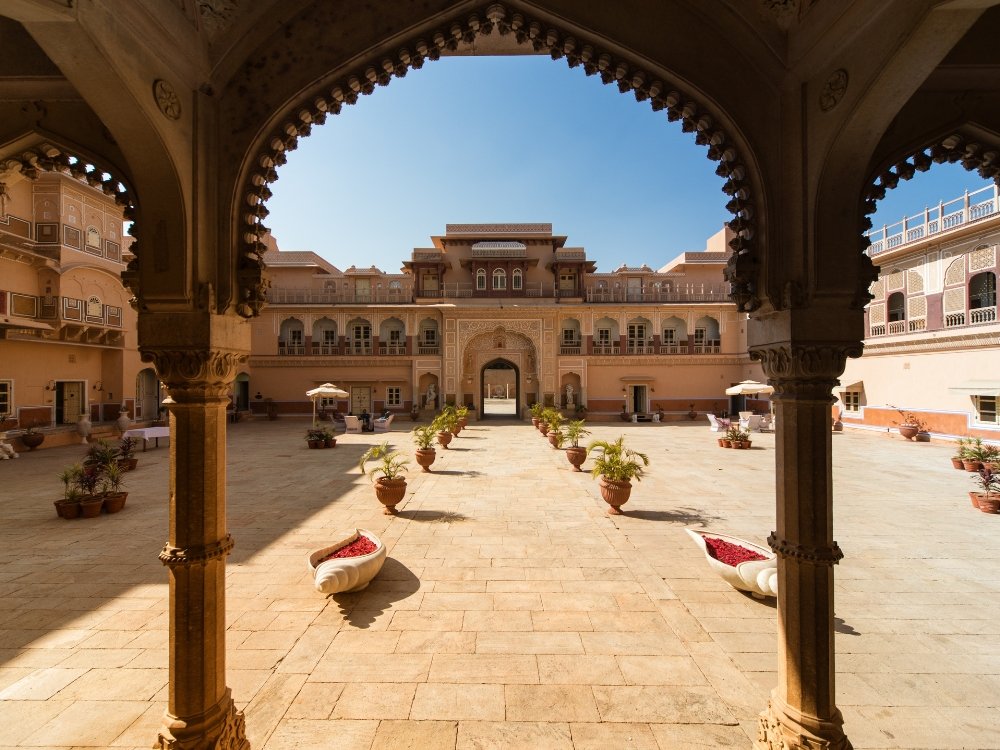
Traditional vs Modern: Understanding the Evolution of Architectural Styles in India and USA
- Architecture
- September 18, 2023
From the opulent palaces of India to the towering skyscrapers of the United States, architectural styles have transformed and evolved over time, reflecting cultural shifts and technological advancements. In this captivating exploration, we delve into the intriguing world of architecture, pitting tradition against modernity as we unravel how distinctively different yet interconnected architectural styles have shaped these two nations. Join us on a fascinating journey through time and space as we decipher the rich tapestry of India’s age-old heritage and America’s cutting-edge innovation in architecture!
Introduction: What is Architecture?
Architecture is the process and product of designing and constructing buildings and other physical structures. It includes the planning, design, and execution of the entire project, from initial concept to completion.
There are many different architectural styles that have evolved over time, in both India and the United States. These styles can be broadly classified into two main categories: traditional and modern.
Traditional architecture is defined as any style that was popular before the advent of modernism in the mid-20th century. This includes a wide range of styles such as classical, Gothic, Renaissance, Baroque, etc. Modern architecture, on the other hand, refers to styles that developed after the mid-20th century. This would include contemporary styles such as International Style, Postmodernism, etc.
It is important to understand the difference between these two types of architecture in order to appreciate the evolution of architectural styles in both India and the United States.
Overview of Traditional Indian Architecture
Traditional Indian architecture is characterized by its use of natural materials, its focus on simplicity and functionality, and its use of regional styles. Traditional Indian architecture is based on the principles of Vaastu Shastra, a body of traditional Hindu texts that provide guidance on the design and construction of homes and temples.
The most common type of traditional Indian architecture is the hut, which is made with a thatched roof, mud walls, and a dirt floor. Huts are typically small and round, with a central fireplace for cooking and heating. Other types of traditional Indian architecture include the haveli (a large home or estate), the ratha (a chariot-shaped shrine), and the stupa (a Buddhist shrine).
Traditional Indian architecture is often decorated with intricate carvings, paintings, and mosaics. Color plays an important role in traditional Indian architecture, with each color having its own symbolic meaning. For example, white is associated with purity and peace, while red represents power and strength.
While traditional Indian architecture has remained largely unchanged for centuries, there has been a recent trend towards modernity in some parts of the country. This shift can be seen in the increased use of concrete and steel in construction, as well as the incorporation of Western features such as glass windows and doors. Despite these changes, traditionalIndian architecture still retains its unique character and continues to be an important part of the country’s culture and identity.
Overview of Traditional American Architecture
American architecture is characterized by a number of styles, each with its own unique features. The most common styles include the Colonial, Georgian, and Federal.
Colonial architecture is perhaps the most easily recognizable style of American architecture. Characterized by its symmetrical design and use of traditional materials such as wood and brick, Colonial houses are often considered to be some of the most classic examples of American architecture.
Georgian architecture is another popular style of American architecture. Named for the British monarchs who ruled during the time when many of these buildings were constructed, Georgian architecture is distinguished by its grandiose scale and use of ornate details.
The Federal style is another commonly seen type of American architecture. This style emerged during the early years of the United States as a way to bring together elements from both British and French design. Federal buildings are often characterized by their simple yet elegant lines and use of classical details such as columns and pediments.
Differences Between Traditional Indian and American Architectural Styles
There are many differences between traditional Indian and American architectural styles. One of the most obvious differences is in the use of materials. Traditional Indian architecture makes use of natural materials like stone, wood, and mud, while modern American architecture relies heavily on concrete and steel.
Another difference between the two styles is in the way buildings are constructed. Traditional Indian architecture often makes use of post-and-beam construction, which gives buildings a more organic look. Modern American architecture, on the other hand, typically uses frame construction, which results in a more rectangular look.
The two styles also differ in their ornamentation. Traditional Indian architecture tends to be very ornate, with intricate carvings and colorful paintings adorning buildings. Modern American architecture is much more subdued, with minimal decoration.
Traditional Indian architecture typically features courtyards and open spaces, while modern American architecture often has a more closed-off feel.
Evolution of Modern Indian and American Architectural Styles
The late 18th and early 19th centuries saw the beginnings of a new era in architecture. Industrialization was changing the way people lived and worked, and this was reflected in the design of buildings. In America, the Federal style emerged, characterized by its use of classical elements like columns and pediments. This was followed by the Greek Revival, which incorporated more elaborate features inspired by ancient Greece.
Meanwhile, in India, traditional architecture was being adapted to meet the needs of a growing population. The Indo-Saracenic style emerged, blending Indian and Islamic influences. This was followed by the Neo-Gothic style, which incorporated elements from European Gothic architecture.
Both India and America continued to develop their own unique styles of architecture in the 20th century. In America, the Prairie School and Art Deco styles were popular, while in India the Moderne and Postmodern styles gained popularity. However, both countries also began to adopt elements from each other’s styles, resulting in a more global approach to architecture.
Comparison Between Traditional and Modern Indian and American Architecture
There are many differences between traditional and modern architecture, not just in India and the USA, but all over the world. The way that buildings are designed and constructed has changed a great deal over the years, with new technology and methods being developed all the time.
Traditional architecture is often based on the belief system, culture and values of a particular society. In India, for example, traditional architecture is often based on the Hindu religion, with temples and other religious structures being designed in a certain way. Traditional American architecture is often based on European styles, such as Gothic or Romanesque.
Modern architecture is much more functional and efficient than traditional architecture. It is often based on scientific principles and makes use of new materials and construction techniques. Modern buildings are typically less ornate than traditional ones, as function is given priority over form.
So, what are some of the key differences between traditional and modern architecture? Let’s take a look:
- Traditional architecture is often based on religion or culture, while modern architecture is more functional and efficient.
- Traditional architecture tends to be more ornate, while modern buildings are typically less so.
- Traditional buildings are usually made from local materials, while modern ones often make use of new materials such as steel or concrete.
- Traditionalarchitecture generally takes longer to build than modern buildings because of the intricate designs involved.
Conclusion
It is clear that architectural styles in India and the US have evolved over time. From traditional styles such as Mughal architecture to modern designs such as International style, both countries have seen a variety of changes in how buildings are designed and constructed. Understanding these differences can help us appreciate the history behind each country’s unique architecture, while also recognizing how they continue to serve as inspiration for new and innovative structures today.





